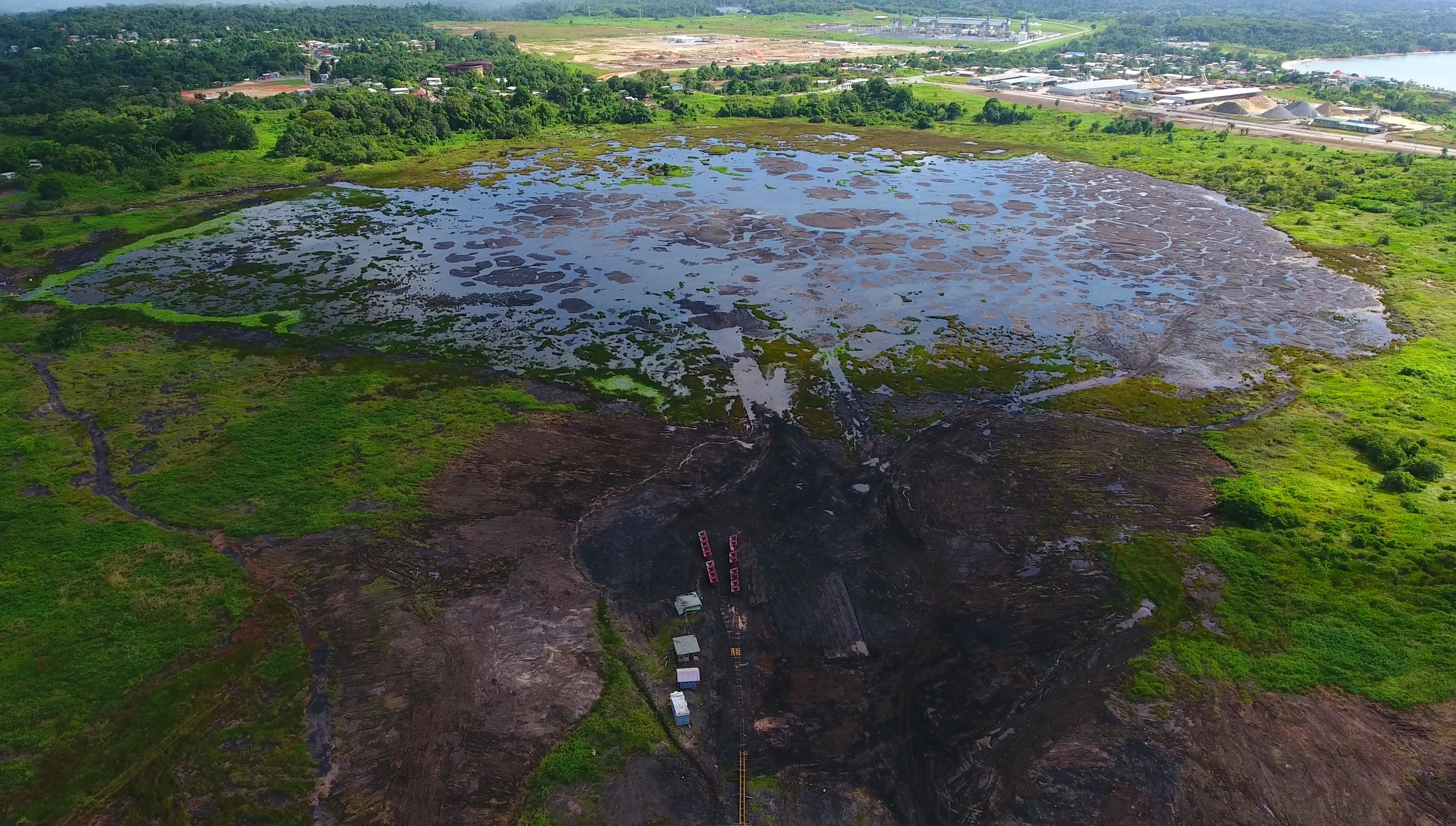🇹🇹map Trinidad And Tobago [Overview]

Trinidad and Tobago is a two-island nation at the southern edge of the Caribbean, just off the coast of Venezuela. The country is known in English as Trinidad and Tobago, with most daily life centered on the larger island of Trinidad while Tobago moves at a gentler, beachier pace. Around 1.4 million people live here, giving it a lively urban feel without massive-city sprawl. Travelers are often surprised to find Pitch Lake in Trinidad’s southwest, the world’s largest natural asphalt deposit, which has paved roads far beyond the islands.
Port of Spain, the capital, is a busy cultural and business hub with easy air links around the Americas and the UK. The islands offer a striking mix of rainforest-covered hills, mangroves, bird-rich wetlands, and coral-fringed bays, especially in Tobago. For expats and digital nomads, the draw is a blend of Caribbean warmth and strong infrastructure—English-speaking, good highways by regional standards, and a serious food scene shaped by many traditions. Life here tends to follow the rhythm of festivals and family, with weekend getaways to Tobago a cherished habit.
Economy
Trinidad and Tobago’s economy is driven by energy, especially natural gas and oil. The country is a regional leader in liquefied natural gas and petrochemicals like ammonia and methanol, with the heavy industry clustered around Point Lisas on Trinidad’s west coast. Beyond energy, you’ll find light manufacturing, financial and professional services, and a growing creative sector. Tobago’s economy leans more toward tourism and small businesses, from boutique hotels to dive operators and family-run restaurants.
Natural resources include natural gas, crude oil, asphalt, and a productive marine zone, while fertile valleys support some agriculture like fruits, vegetables, and cocoa. International connectivity is strong: direct flights link Port of Spain with major cities in North America, the Caribbean, and the UK, and the seaports handle significant energy exports. The country is an active member of CARICOM, the Commonwealth, the Organization of American States, and regional trade and cooperation bodies, which helps keep doors open for business, study, and cultural exchange.
Culture
English is the official language, and most people speak Trinidadian or Tobagonian varieties of English with local creole influences; you’ll also hear bits of Spanish and Hindi in daily life. The population reflects centuries of migration, with large Afro-Trinidadian and Indo-Trinidadian communities, as well as people of mixed heritage, along with smaller Chinese, Syrian-Lebanese, and European communities. The islands were shaped by Indigenous roots, Spanish and then British colonial rule, the legacy of African enslavement, and Indian and Chinese indentureship—histories that today blend into a confident, contemporary Caribbean identity.
People here are passionate about music, food, and sport. Calypso, soca, steelpan, and chutney music set the soundtrack, while cricket and football have loyal followings. Religious life is diverse and visible: Christianity is the largest tradition, with Hinduism and Islam also prominent and widely respected. The calendar fills with national celebrations such as Carnival (a world-class explosion of music and costumes), Divali (Festival of Lights), Eid-ul-Fitr, Emancipation Day, Independence Day, Republic Day, and Spiritual Baptist/Shouter Liberation Day—each bringing communities into the streets with light, rhythm, and food.
Maria
Maria is a bilingual travel writer and immigration consultant originally from Mexico City, with extensive
experience living and working across Latin America. She spent her early career as a journalist covering
cross-border migration and expatriate communities throughout Central and South America. Having personally
navigated complex visa processes in multiple countries including the United States and Spain,
Maria understands firsthand the challenges faced by Latin American professionals seeking international
opportunities.
Published: 2025-02-12